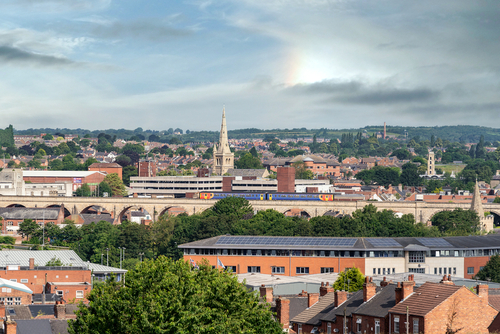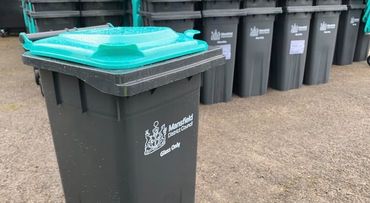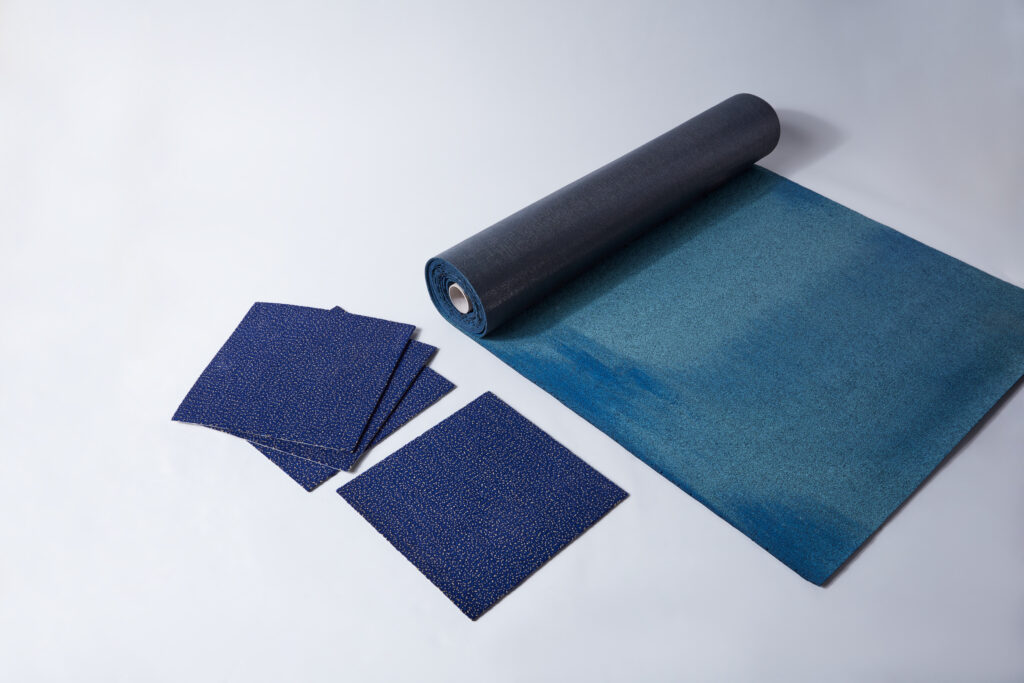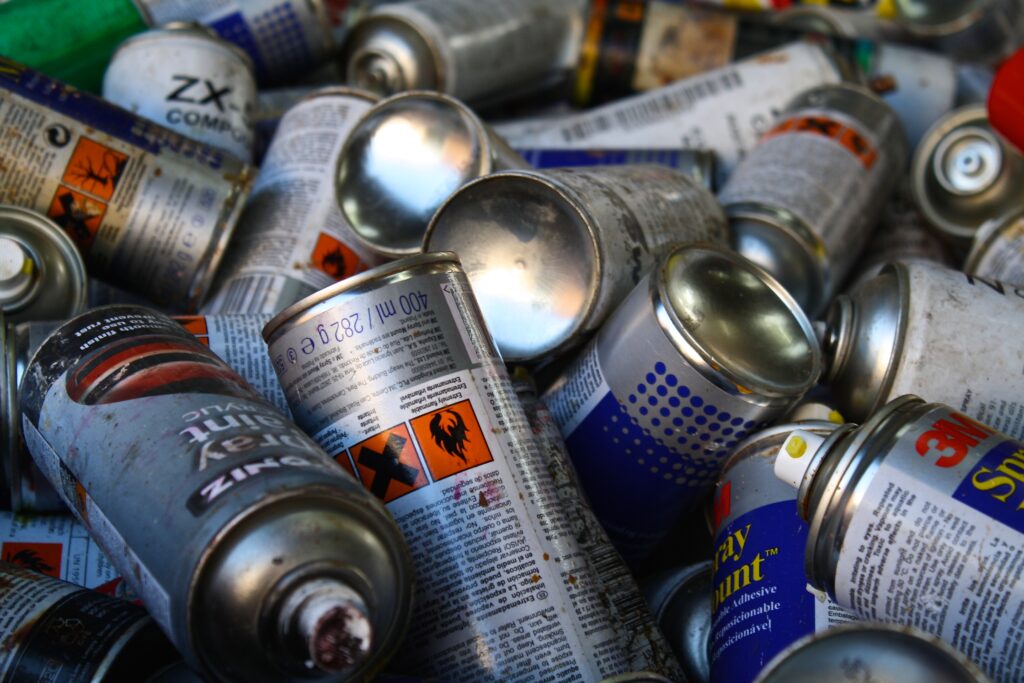Written by waste and recycling manager Ryan Oliff, the report went before the council on 13 April and examined contamination levels in recycling collected from Mansfield households between July and September 2020.

It says contamination reached an average of 18.7% in this period. Veolia’s Nottinghamshire materials recovery facility (MRF), to which Mansfield’s recycling is delivered, has an input specification of 5%, the council says.
The report says the final quarter of 2020 saw a similar trend to that seen in the quarter which preceded it, with glass accounting for around 11% of contamination.
In the report Mr Oliff said: “There has been a marked increase in the number of loads being rejected at Veolia’s recycling facility.
“Instructions to operatives have been issued to ensure that they are checking the blue bins but there does not seem to be any reason to explain the rise.
“The number of bins that are rejected by the crews is similar and there has been no change in what is acceptable in the blue bin. I am intending to inspect some of the loads at Veolia’s facility next week if we have further rejections.”
A total of 1,665 tonnes of recycling was collected from Mansfield’s residents in the third quarter of 2020, the report says.
Other items believed to have contaminated Mansfield’s recycling include food waste boxes, nappies, sanitary waste, textiles, and ‘incorrect’ types of plastic.
Glass
Mansfield district council rolled out separate kerbside glass recycling collections on 5 April. It is hoped this will help tackle contamination rates.

Glass bins were delivered to around 43,000 houses throughout February and March at a rate of around 1,000 per day, which increased to 2,000 per day towards the end of the roll-out.
The bins, which are black with a teal-coloured lid, can take empty and clean glass jars and bottles of any colour and are emptied every eight weeks. The report says everyone enrolled in the scheme should have had their first collection by 28 May.
The number of residents opting out of the scheme was less than anticipated, the council says, and consequently 3,000 additional bins were ordered.
Mr Oliff said in his report: “We have been very encouraged that the number of people opting out has been much lower than forecast meaning that there will be even more people recycling glass from the kerbside.”
Mansfield
Mansfield district council’s waste is delivered for processing to Veolia’s MRF in Forest Town, near Mansfield, as part of a 26-year PFI waste contract signed in 2006 (see letsrecycle.com story).
Veolia’s £14 million MRF opened in 2009 and has the capacity to sort 85,000 tonnes of Nottinghamshire’s recyclable waste each year (see letsrecycle.com story).
Representing an estimated population of nearly 110,000, Mansfield district council had a household waste recycling rate of 33.6% in the 2019/20 financial year.











Subscribe for free